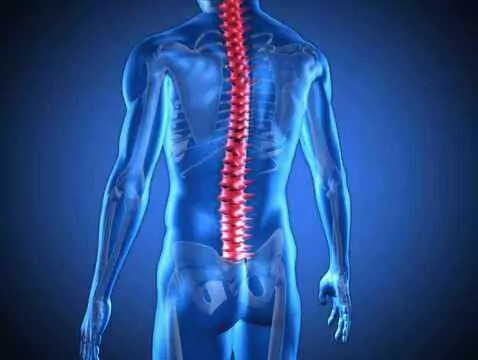Devic syndrome belongs to a group of demyelinating diseases that involve the central nervous system - particularly the spinal cord and optic nerve. Until recently, it was treated as a type, a variant, of multiple sclerosis, only to become a separate disease entity in the light of clinical findings. The main symptom is visual disturbance associated mainly with blurring or restriction of the visual field with accompanying symptoms.
Epidemiology of the condition
According to current knowledge and the data available to medicine on the ground, the prevalence of the disease is estimated at 0.5-4.4 per 100,000, which depends on latitude. For the most part, the course of the disease is relapsing - only about 10 per cent of patients have monophasic NMO. Monophasic NMO affects both men and women equally, but women are 10 times more likely to be affected in the relapsing form than men.
The age range at which NMO is most commonly diagnosed is 39 years, which is about 10 years older than in S (multiple sclerosis). The disease progresses severely, leaving residual symptoms after each throw, leaving the person with increasing disability. The typical dynamics for NMO are characterised by a slow build-up of symptoms, up to a plateau phase, in order for symptoms to slowly begin to withdraw.
However, the withdrawal is not complete and usually the symptoms that remain increase over time, causing increasing difficulties in daily life [2].









